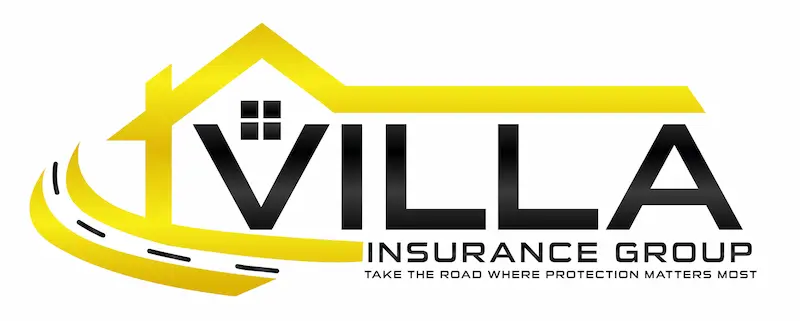Home security alarms have come a long way over the past decade thanks to WiFi, Bluetooth and smartphone technology.
These security systems allow you to monitor your home remotely and receive messages if a sensor detects motion or it hears glass breaking. Many of the systems are also hooked up to cameras that you can place inside and outside your home to check in and monitor anytime you are away.
Also, some security systems function in conjunction with home automation systems that can perform a myriad of tasks, like dimming lights and reminding you if you left the garage door open.
Most modern systems use sensors that are controlled using a touch-screen panel or a smartphone app. And most systems let you link an Amazon Alexa device so you can give voice commands.
Main features
Most modern security alarms feature the following:
- A control hub that communicates with the sensors, you and any central monitoring system run by the manufacturer.
- A keypad that is usually mounted on the wall that controls the system.
- A smartphone app that controls the system.
- Contact sensors, which are placed in various potential break-in points around your house, like sliding doors, doors and windows. If a door or window is opened, the hub is notified and can in turn notify you.
- Motion sensors that can detect movement in the house when the system is armed.
- Glass-break sensors that can alert you and sound the alarm if they detect the sound of breaking glass.
- A siren that will go off if a sensor is tripped when the alarm is armed.
- Cameras that can be placed outside your home and inside, which either record video continuously or only when they detect motion. There are also doorbell cameras that allow you to talk to someone at the door even if you are not home.
Smart home
Some security systems use Z-Wave technology, which can also connect to a number of smart home features that are separate from home security.
Using Z-Wave technology security, you can remotely control garage door openers, locks, video surveillance and dimming switches all in one complete system. Most manufacturers of lighting systems, locks and garage door openers now offer products that are Z-Wave compatible.
These are often in the form of a switch that you can install in place of a standard switch. Once installed you can link it to your hub, which manages all of your synched devices. The types of smart devices that can be linked include:
- Thermostats that can turn on the heat or air conditioning when you’re on the way home.
- Lights, including dimmer switches.
- Smart locks.
- Smoke detectors.
- Monitors that alert you if something goes wrong, such as forgetting to close the garage door.
- Cameras that let you see what’s going on inside and outside your home.
The hub can be accessed using an app on your smartphone or using an Alexa device like an Echo Dot.
The takeaway
If you have a smart home security system in place, it can not only provide you with peace of mind, but you may also qualify for a discount on your homeowner’s insurance.
Most insurance companies offer discounts for security systems that are centrally monitored by a third party: typically, the company that installs and maintains the equipment.
Discounts will vary from insurer to insurer and depend on what kind of system you have in place.
To know more about how homeowner’s insurance can help protect you, your family and your home, call us today.
Get a Free homeowners policy review online today!
Are you looking for home insurance in Lynnwood, Washington? We are a local top rated insurance independent agent protecting all aspects of your life, from your business to your autos and home, we have you covered! The benefit of choosing an independent agent like us means options. We have relationships with many top-rated carriers to give you the auto insurance coverage you need that fits your budget. Don’t wait, call us today at (425) 771-9000 or visit our Quotes Online and start saving money.
